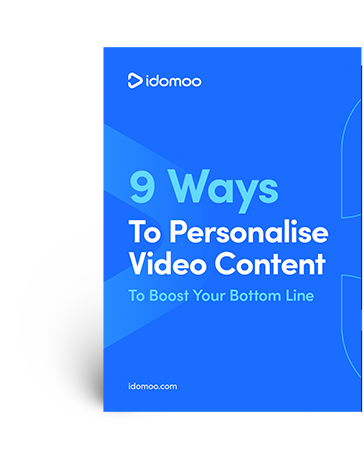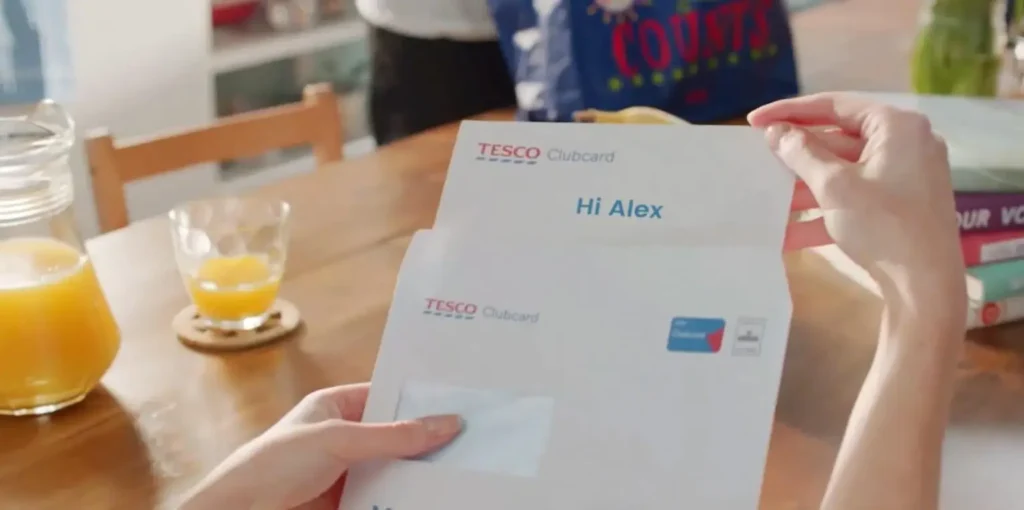There’s a wealth of data pointing to the benefits video marketing brings. For example, 74% of marketers say they’ve seen higher ROI from video compared to images and 68% say the same for video compared to Google Ads. But there’s another staggering statistic. Over 60% of marketers choose to leave video out of their marketing efforts because they believe it to be too time consuming.
And it’s not the only misconception out there, either. From assuming video is just for advertising to thinking it has to be expensive, there’s a range of myths preventing businesses from tapping into the full power of video marketing. But this is the medium people want, especially Gen Z, so it’s not going away anytime soon.
The bottom line? If you want a marketing strategy that delivers better business results, video is a key component. In this article, we’ll dispel the most common video marketing myths to put your worries aside and share examples from businesses who are leveraging video marketing today.
Why Marketers Hesitate To Use Video Marketing
Video has come a long way since its introduction to the public. Originally, it was reserved for the world of TV and movie screens. It required expensive cameras and long hours filming.
Now YouTube and TikTok have millions of creators. Editing software is more user-friendly than ever before. Smartphones have made it possible to record and upload even high-quality video from anywhere in a snap.
But if it’s easier than ever to produce and publish videos, why are marketers still hesitating to leverage it in their marketing efforts? It may be one of these 5 common myths. Here’s why they’re not true.
Myth #1: Video Marketing Is Too Expensive
A common — and maybe the biggest — myth surrounding video marketing is that it’s too expensive, but it doesn’t have to be that way.
Yes, if you produce an expensive corporate video, you could pay as much as $72,000.
But a video campaign doesn’t have to cost you a fortune. You can focus on authenticity, personalization or another surprising element that elevates your content (even when it’s shot with a smartphone) to be captivating. Today’s consumers, especially Gen Z, want brands to be real. Think of the “day in the life” videos that surged in popularity during the pandemic — unscripted, minimally edited and engaging. Use video to let consumers get to know you in a relatable way.
You also don’t have to shoot or animate new creative for every new video. Upcycle your creative. Have old animated scenes from a former campaign? Already launched a commercial? Take some of that footage and refresh it for your online video marketing.
That’s what Ladbrokes did with the video below.
They were able to produce two campaigns with the same content to cut costs and drive ROI. The first video was filmed for the 2020 UEFA European Championship, hyping their fans for the long-awaited return of the event after COVID-19.
They then took the same stunning creative to reach fans on a more personal level, infusing video scenes with customer data to create a personalized highlights reel for every customer.
We wrote a whole ebook about how to repurpose and upgrade video content. It doesn’t have to be expensive or time-consuming. With some extra planning and smart strategies, you, too, can create videos that wow your customers without breaking the bank.
Myth #2: Video Has Limited Uses
Do you think video is just for advertising? Or maybe it’s just for major product launches or brand refresh campaigns?
The truth is, it is for those things. But it can do so much more. You can enhance any point of the customer journey with video.
Take onboarding, for example. This is your chance to get customers excited about what they signed up for. Outline your product or service offerings in a way that’s clear and transparent with an easy-to-follow explainer video.
This is especially relevant for businesses in complex industries like pensions or fintech or healthcare. Or insurance, as you can see below.
Use video throughout the customer lifecycle — it doesn’t have to be a mega campaign every time. Sometimes, it’s just an opportunity to say hello or remind a customer about an important deadline. These kinds of “human” touchpoints, which video is great at handling, have been proven to increase retention.
Another video marketing use case we love? Upselling videos that include targeted offers and ideas for each and every customer.
From travel to gaming to higher education, there’s a video marketing use case for virtually any industry at any point in the customer journey.
Myth #3: Videos Are Generic
It’s likely you’ve seen personalization from businesses before. Think of Spotify’s annual “Wrapped” campaign. Or the personalized recommendations you receive from Netflix, TikTok and others. It’s obvious the digital world is becoming increasingly personalized, but it may be hard to imagine how video fits in.
With today’s video technology, creating a video that speaks to every individual’s interests is easy.
Businesses can launch video campaigns consisting of a series of completely customizable scenes or parts — where text, images and even voiceovers can be personalized at scale. Check out the personalized year in review from WW to see how this looks in action.
And the results are staggering. Beyond driving deeper connections and creating more meaningful engagement, videos that are personalized have been proven to drive a higher ROI. For instance, we’ve seen a leading insurance company achieve a 40% increase in policies sold with their Personalized Video campaign. Another gaming company saw an 88% conversion rate with their campaign.
Myth #4: Video ROI Is Hard To Measure
To gauge your video marketing success, it’s critical to understand your video campaign’s ROI. But many marketers still believe it’s difficult to track and analyze data necessary for calculating this key video marketing metric.
Video is incredibly measurable, though. There’s a ton of nuanced metrics you can pick and choose from to measure your specific video marketing goals.
If you want your video campaign to take social platforms by storm, you can take a look at the share rate. Or, if you’re concerned your video campaign isn’t performing well, you can measure the video completion rate and determine where viewers are losing interest and dropping off.
With a wide variety of metrics to choose from, marketers can accurately determine whether their video marketing efforts have translated to a healthier bottom line.
Tip: Make your video interactive to send customers directly to a link to purchase, for instance. It can help you directly increase conversions — another valuable and easily trackable metric.
Myth #5: Videos Are Hard To Update
In the past, once a video was published, it was hard to go back and edit it. And this can be a problem for a number of reasons. What if your policy changes? What happens when you extend a deadline? What about an update to prices?
Future-proof your video by building it in a modular format. You can then easily swap in different scenes later to update your video. Better still, make your video dynamic and show the specific scenes relevant for the customer who will be watching it.
But what if your video could also update by itself? It’s possible. Living Video lets video scenes be contextual and connected to live data feeds so they can auto-update in real time.
Take a look at the example below.
Notice how the video updates to your current time, temperature and location? It’s all done automatically. And the potential use cases are endless. With Living Videos, you can:
- Connect your video to retail inventory so it always shows what’s in stock.
- Begin your message with “good morning” or “good evening” depending on the time.
- Send asthmatic patients a video detailing current pollen and mold count levels for their location.
- Show current stock prices for your fintech customers.
- Recommend a sunny destination to travelers in colder areas and vice versa.
And that means your video is evergreen, too. Because these videos evolve with time, they stay up-to-date so your message always stays relevant.
Don’t Miss Out on Video Marketing
Now that we’ve dispelled some of the most common myths, it’s clear to see why video marketing is the smart choice to engage your audience and drive better business results. What KPIs will you achieve? What benchmarks will you surpass?
If you’re just getting started, or you’ve yet to fully commit, leveraging the best resources possible makes a difference. With a powerful video platform in your toolkit — so your videos can be interactive, drag-and-drop easy to create, personalized and more — you’ll be able to hit the ground running. Feeling confident? Let’s talk.







